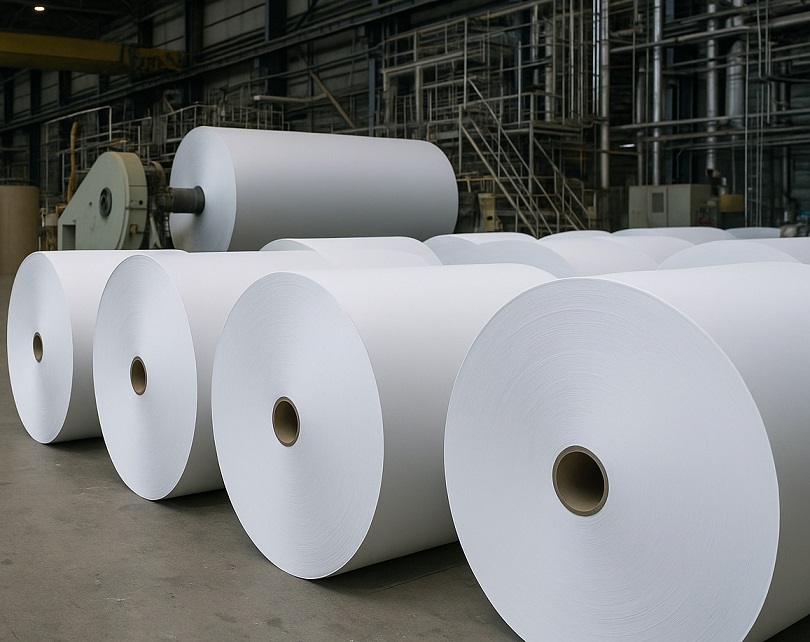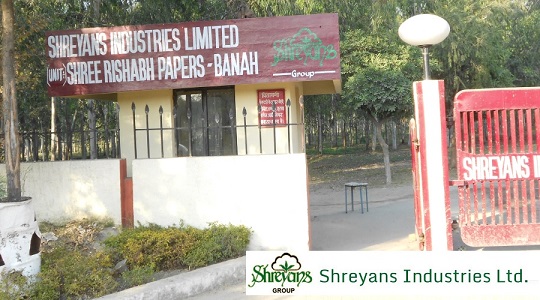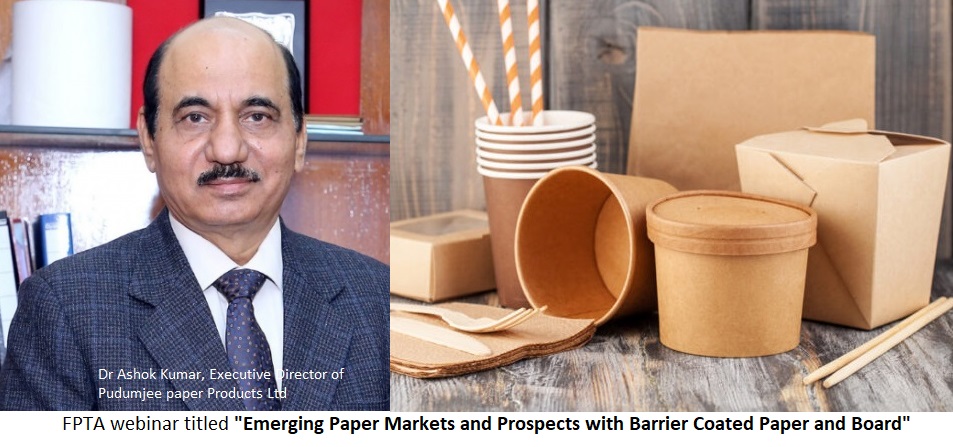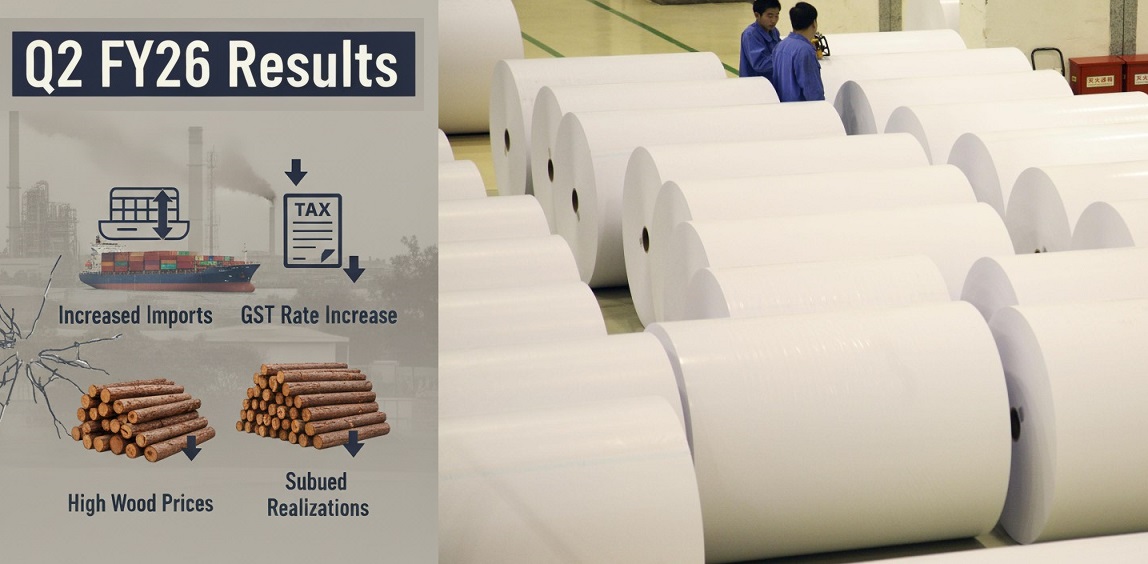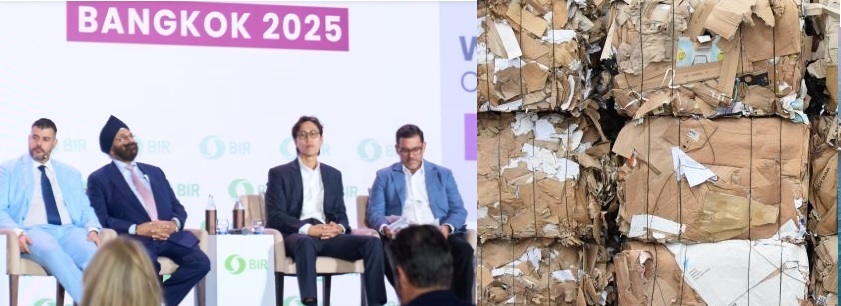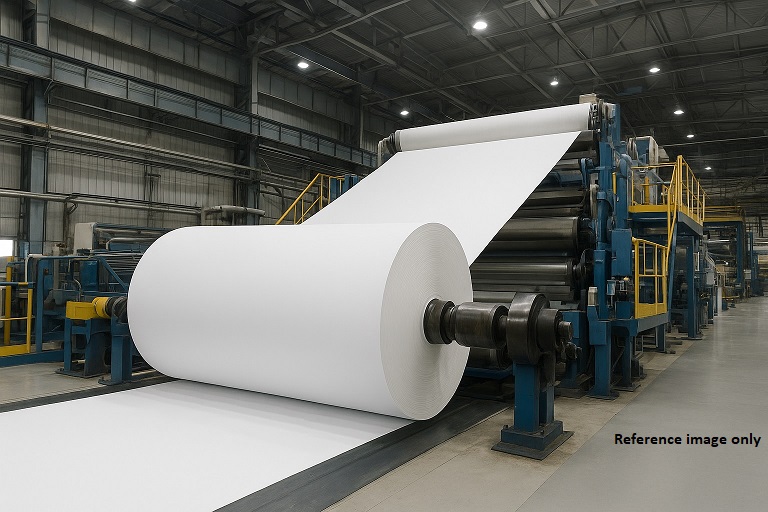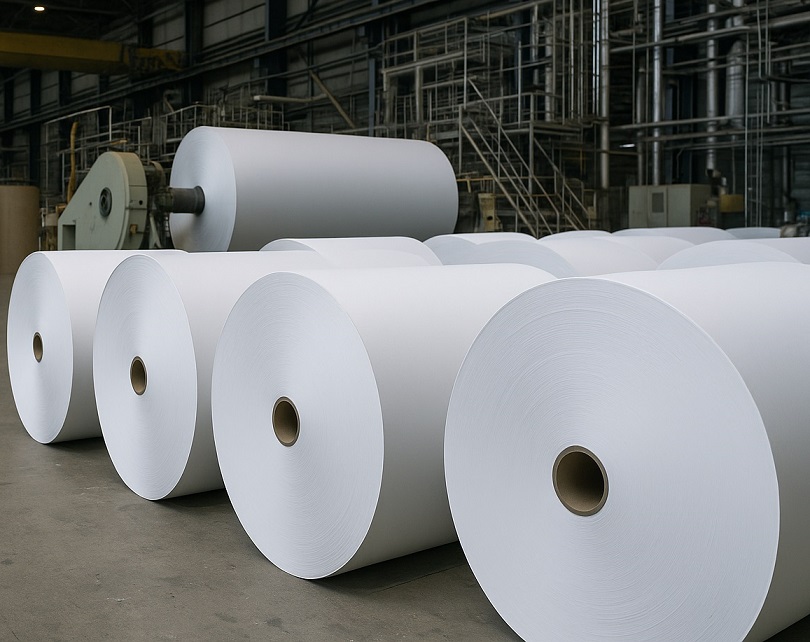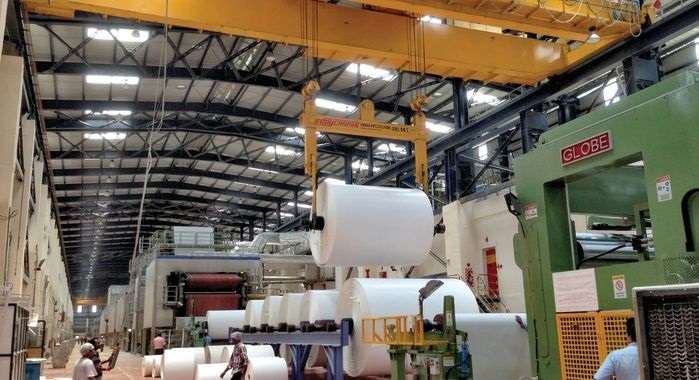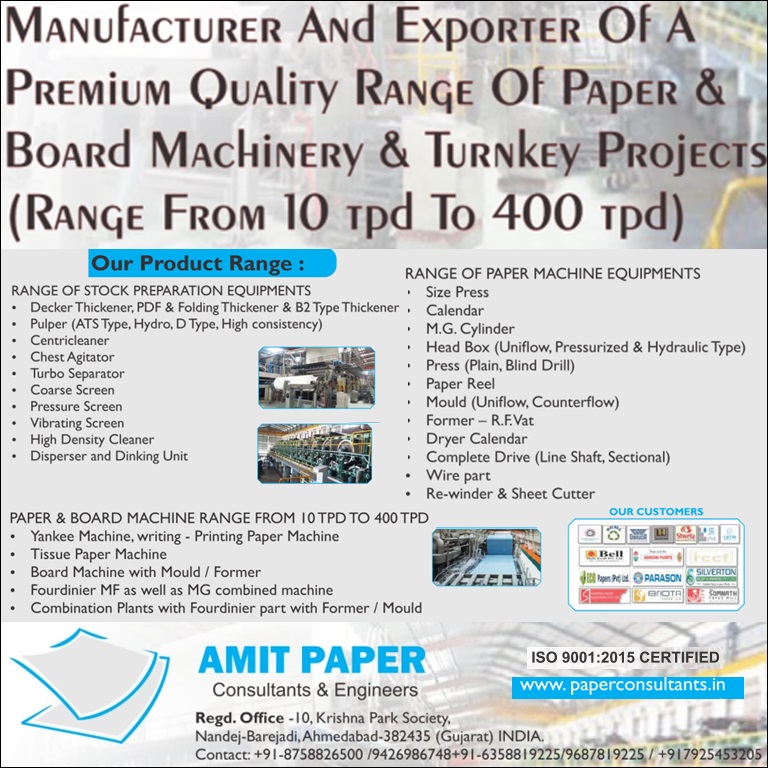N R Agarwal Industries may discontinue small sub-optimal manufacturing units and focus on profitably sweating large capacities instead

N R Agarwal Industries may discontinue small sub-optimal manufacturing units and focus on profitably sweating large capacities instead
- The expanded manufacturing capacity is expected to generate about INR 1,000 cr in revenues in a full year’s working
- greenfield commissioning cost of INR 50,000 per ton declined to INR 35,000 per ton following timely project resizing
The Pulp and Paper Times
Incorporated in 1993, N R Agarwal Industries Limited (NRAIL) specialises in the manufacture of duplex paper boards with writing and printing paper. The Company has evolved as one of India’s leading producers of recycled paper, possessing more than 30 years of experience. The Company is the largest manufacturer of grey and white back duplex boards. It is an important player in India’s wastepaper-based paper production.
In the last annual report, NRAIL had embarked on a INR 650 cr investment program that would enhance the paperboard manufacturing capacity by 500 tons per day. The investment was the largest in the Company’s existence and put a premium on the Company to negotiate, import, install and commission equipment.
NRAIL commissioned its expansion program on March 14, 2024, the largest paperboard capacity at a single location in India. The installed commissioned capacity was 725 TPD (2,40,000 TPA) whereas the paper machine is capable of producing 900 TPD following an investment in balancing equipment in the pulping unit.
“This expansion will graduate the Company into the next league, strengthen competitiveness and – most importantly – create a sustainable growth platform. This decision to commission the largest capacity will transform the competitive dynamics of the Company, combine cost leadership with sizable capacity and, in doing so, create a platform for sustainable growth,” Mr. R N Agarwal, Managing Director of NRAIL said in the annul report for FY 23-24
Mr. Agarwal further stated that the capital cost of our expansion is possibly the lowest within India’s paper boards sector. The Company selected to invest in the expansion during the pandemic. Most competitors within India’s paper boards sector hesitated before making any commitment; they waited for the demand side to turn encouraging instead. During this period, capital equipment costs declined, and your Company capitalised to negotiate competently, resulting in one of the lowest capital costs per ton, that should translate into attractive profitability from the first year onwards in what is a capital-intensive sector.
NRAIL took this competitiveness one step ahead. The Company increased the capacity of its 500 TPD plant to 725 TPD (240,000 TPA) at an incremental cost of only INR 200 cr (which included a Plastic Fired Boiler power plant capacity for INR 50 cr). The result is that what was a competitive greenfield commissioning cost of INR 50,000 per ton declined to INR 35,000 per ton following timely project resizing.
“The expanded manufacturing capacity is expected to generate about INR 1,000 cr in revenues in a full year’s working; the Company would be in a position to generate about INR 2,500 cr in overall revenue. We are optimistic of being able to comfortably service our consolidated debt. As a matter of prudence, the debt repayment has been structured across seven years, ensuring that cash flows remain attractive. The addition to initial manufacturing capacity is about 45% at only 30% additional cost, expected to create a long-term competitive advantage that translates into enhanced business sustainability,” Mr Agarwal added.
“My optimism is that we will be able to market all the volume from the new manufacturing facility without discounting. We are sitting in possibly the most exciting Indian market for paperboards. Much of the paperboard demand growth is coming out of western India; most Indian paper board manufacturers are located in eastern India, making it imperative for them to incur high logistic costs in reaching western India buyers. On the other hand, a company like ours will be attractively placed to service proximate customers with speed, cost efficiency, on-time and in full. This could make it possible for our dealers to nurse low paperboard inventory that enhances their working capital efficiency.” Mr. Agarwal explained.
The new plant will help the company extend its product basket to value-added board varieties that are either being imported or being under-supplied.
“NRAIL recognises that with the commissioning of the new manufacturing facility, the space will gravitate towards large capacities and shall correspondingly reap the benefits of economies of scale. The emerging rules of success will be driven by a capacity to produce larger quantities at one end and market a wider portfolio at the other. There will be a bigger premium on corporate maturity, foresight and statesmanship. In view of this, your Company may discontinue small sub-optimal manufacturing units and focus on profitably sweating large capacities instead,” Mr. Agarwal concluded.
The Company has reported revenues of INR 1293.13 cr as against revenue of INR 1766.07 cr in previous financial year, showing decline of 26.78% due to reduction in selling prices, however cost of production also reduced due to corresponding decline in waste paper rates and cost of other inputs. EBIDTA in absolute value was therefore satisfactory at INR 185.59 cr [after considering impairment loss of Rs 7.92 cr] as against INR 197.34 cr in previous financial year where the profit after tax increased to INR 125.46 cr as against INR 99.30 cr in previous year due to lower tax provision.
The overall production was 248694 MT [including 93 MT from new duplex board plant as against 270941 MT in the previous year [which included 25244 MT from closed Unit-3 at Vapi w.e.f January 6, 2023.]
The annual report further said, “The flexible packaging market in India is expected to grow by $15.57 billion during 2023-2028, accelerating at a CAGR of 12.69%. Demand for paper continues to rise especially in the packaging of FMCG products and ready-to-eat food. Packaging-grade paper accounts for 55% of the main types of paper produced domestically in the paper and paperboard industry. Packaging paper volume was expected to grow at 6-8% in 2023-24, driven by demand from the pharmaceutical and FMCG sectors. Writing and printing paper volume witnessed a modest 3-5% amid increased digitalisation.”
Web Title: N R Agarwal Industries may discontinue small sub-optimal manufacturing units and focus on profitably sweating large capacities instead





 Join WhatsApp Group
Join WhatsApp Group Join Telegram Channel
Join Telegram Channel Join YouTube Channel
Join YouTube Channel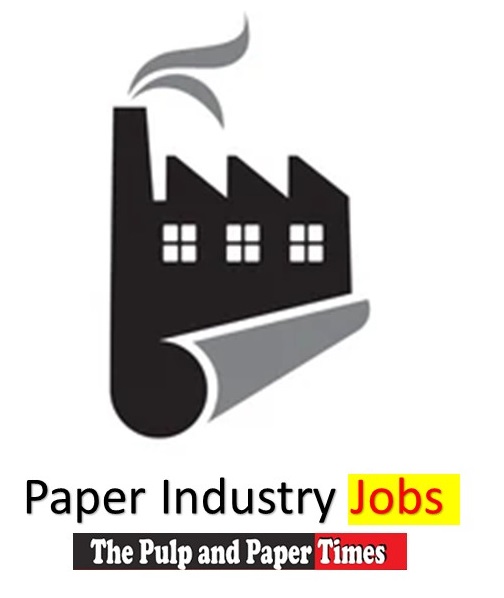 Join Job Channel (View | Submit Jobs)
Join Job Channel (View | Submit Jobs) Join Buy Sell Channel (Free to Submit)
Join Buy Sell Channel (Free to Submit) Paper News Headlines Channel (Free to read)
Paper News Headlines Channel (Free to read)






